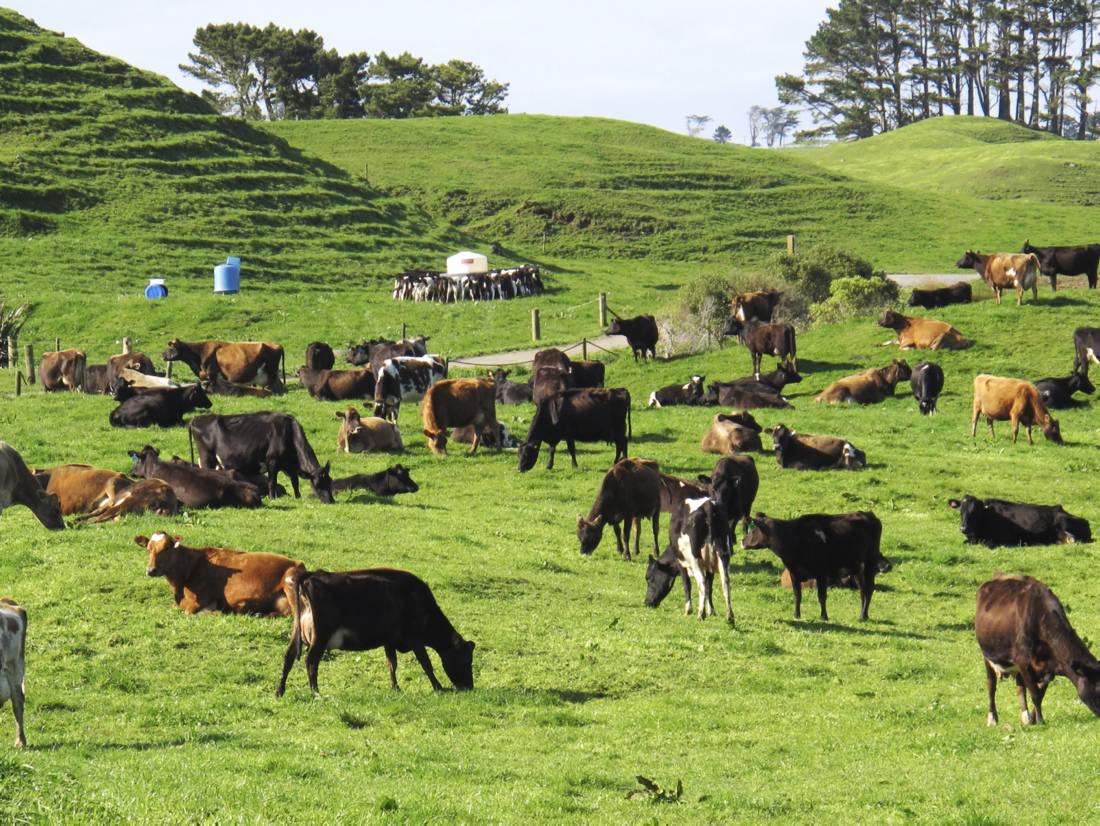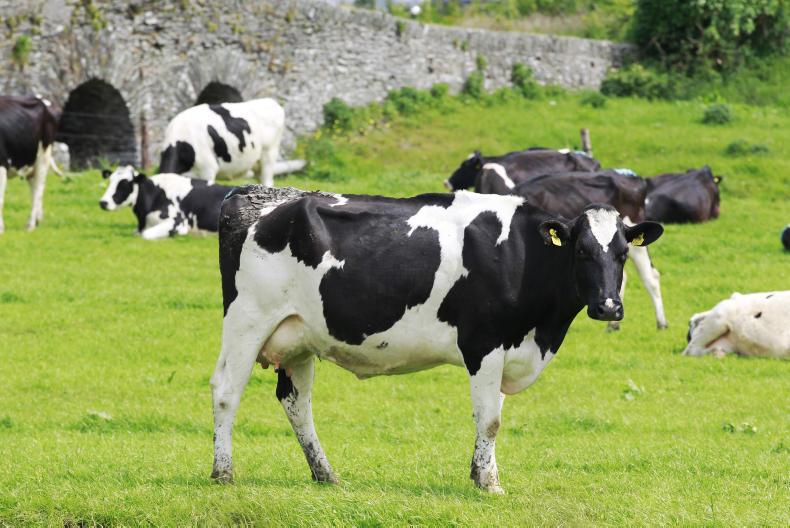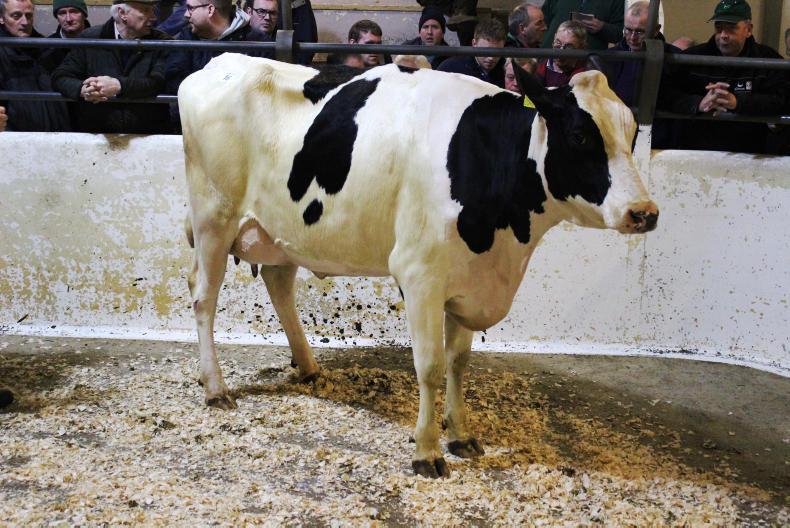Many New Zealand farmers are now facing a year of a break-even milk price. Fonterra has revised the predicted price to be paid for the 2014/2015 season to $4.70kg MS (19c/litre). The original forecast made last August was $5.30/kg MS (23c/litre).
A lot of dairy farmers felt the initial price forecast was low and expected a recovery in dairy markets by the end of 2014, to lift the final price paid for the season.
Instead, prices have continually dropped, even in the most recent Global Dairy Trade event, and now farmers are facing serious financial difficulty as the predicted payout will be below the total cost of production on many farms.
Some farmers feel Fonterra is performing poorly – they are querying the value from Fonterra’s investments abroad, such as in Chinese dairy farms, and are asking if a reliance on commodities has overexposed New Zealand’s largest milk processor, which has 85% of the national milk pool.
The predicted $4.70/kg MS payout is a bold prediction by Fonterra as current prices in the global dairy trade would suggest a price of closer to $4/kg MS. A weakening of the New Zealand dollar would also help to improve the payout as over 90% of milk is exported.
A low payout will lead to farms with high costs of production and debt levels facing bankruptcy. The shift to higher input systems has increased cost of production on many farms to above the $4/kg MS level. Interest cost across the industry is also adding approximately $1.20/kg MS to cost of production, leaving many farmers with high debt at a break-even cost of over $5/kg MS. Fonterra expects to pay a dividend of $0.2-$0.3/kg MS on top of the predicted milk price, but this will still see the final payout fall short on some farms.
These will then have to look at borrowing money just to pay interest, further increasing long-term debt. It’s reported that 20% of the farmers have 80% of the debt in New Zealand, meaning this group is extremely exposed.
Currently, farmers haven’t felt the effect of the payout drop as some of last year’s record payout was only paid out over the last three months, improving cashflow. Until now, most parts of New Zealand have had a good season, with October production up 5% on last year, again helping to reduce the effect of the lower price. Serious financial difficulty will really start to occur next spring (July/August 2015) if the payout is still low.
Many New Zealand farmers are now facing a year of a break-even milk price. Fonterra has revised the predicted price to be paid for the 2014/2015 season to $4.70kg MS (19c/litre). The original forecast made last August was $5.30/kg MS (23c/litre).
A lot of dairy farmers felt the initial price forecast was low and expected a recovery in dairy markets by the end of 2014, to lift the final price paid for the season.
Instead, prices have continually dropped, even in the most recent Global Dairy Trade event, and now farmers are facing serious financial difficulty as the predicted payout will be below the total cost of production on many farms.
Some farmers feel Fonterra is performing poorly – they are querying the value from Fonterra’s investments abroad, such as in Chinese dairy farms, and are asking if a reliance on commodities has overexposed New Zealand’s largest milk processor, which has 85% of the national milk pool.
The predicted $4.70/kg MS payout is a bold prediction by Fonterra as current prices in the global dairy trade would suggest a price of closer to $4/kg MS. A weakening of the New Zealand dollar would also help to improve the payout as over 90% of milk is exported.
A low payout will lead to farms with high costs of production and debt levels facing bankruptcy. The shift to higher input systems has increased cost of production on many farms to above the $4/kg MS level. Interest cost across the industry is also adding approximately $1.20/kg MS to cost of production, leaving many farmers with high debt at a break-even cost of over $5/kg MS. Fonterra expects to pay a dividend of $0.2-$0.3/kg MS on top of the predicted milk price, but this will still see the final payout fall short on some farms.
These will then have to look at borrowing money just to pay interest, further increasing long-term debt. It’s reported that 20% of the farmers have 80% of the debt in New Zealand, meaning this group is extremely exposed.
Currently, farmers haven’t felt the effect of the payout drop as some of last year’s record payout was only paid out over the last three months, improving cashflow. Until now, most parts of New Zealand have had a good season, with October production up 5% on last year, again helping to reduce the effect of the lower price. Serious financial difficulty will really start to occur next spring (July/August 2015) if the payout is still low.










SHARING OPTIONS